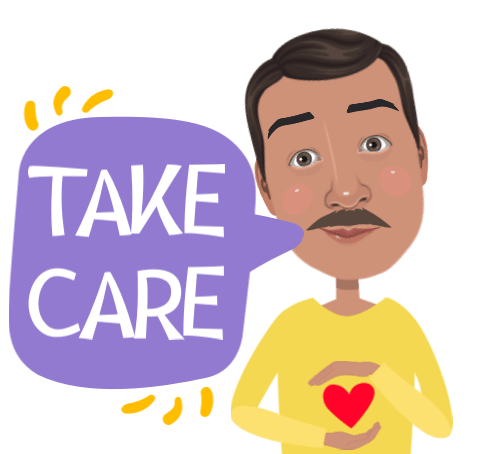Reading Time: 2 minutes
When she wakes up, we know what is scheduled for the day. He meal time, activity time and sleep times are kept regular. We try to fit in some social interaction, a few out door activities and some puzzle time everyday. Every alternate day we try to give her a 5 minute foot massage.
A caretaker of a 79 year old with dementia

It is important that elders suffering from dementia have access to
- A safe home – Railings, assistive devices and fall prevention installations.
- Disability friendly toilets.
- A routine time for sleep, activities and meals.
- Compassionate care and empathetic communication.
Medicines licensed for use in treating dementia do not stop the progression of dementia but, slow it down. Other than making sure that your loved one takes the medication that is prescribed by his/her doctor, here is what you can do to help . Please remember that these measures are most effective when used in the milder stages of illness.
Cognitive stimulation
Cognitive stimulation includes reminiscence, stimulation and reality orientation .
Reminiscence involves discussing past activities and events, this tends to kindle neuronal activity and keep memory retrieval mechanisms working. Sit down and have a chat with your loved one every day !
Reality orientation helps your loved understand the circumstances of “now” what date is it, what they are doing and where they are. Large clocks, tear off calendars with large dates and labels on room doors help in reality orientation. Make sure your loved has simple routine to follow everyday.
Cognitive stimulation include activities that exercise the brain. Simple math puzzles, riddles, tongue twisters and cross words can help people hold on to their cognitive function for longer.
You may be able to find some hospitals near your locality that offer group based cognitive stimulation therapy.
Multi-sensory stimulation
Multi-sensory stimulation is effective for people with dementia and challenging behavior. Snoezelen is a concept created by two Dutch therapists who were, in the early 1970s working with people (mostly children) who had developmental disabilities. Snoezelen is a good example of multi-sensory stimulation for Alzheimer’s disease or any dementia. A simple multi sensory toolkit can be arranged at home.
A multi-sensory tool kit shout contain
1)Auditory stimulation -Music, ambient sounds such as rain or a seascape.
2)Visual stimulation – Simple, easy to follow movies. Home videos, photo albums. Brightly colored toys may also be used.
3)Tactile stimulation – Materials of different textures, cloth, fiber, pebbles. Massage is relaxing and a effective tactile stimulation.
4)Olfactory stimulation – A collection of pleasant smelling candles or oils.
5)Gustatory stimulation – Candies, spices, herbs, tea, coffee or favorite foods.
Use your tool kit to keep your loved one’s senses sharp. Make sure you avoid overwhelming them, let them guide you in choosing what is soothing for them. Make a simple schedule for your elder and make sure you include cognitive stimulation and multi sensory stimulation in it. Schedule meal times and sleep times.
Despite your best care, dementia will continue to progress, as it progresses your burden will continue to increase. It is essential that you take care of your health and your needs.
Here are some more posts you may be interested in